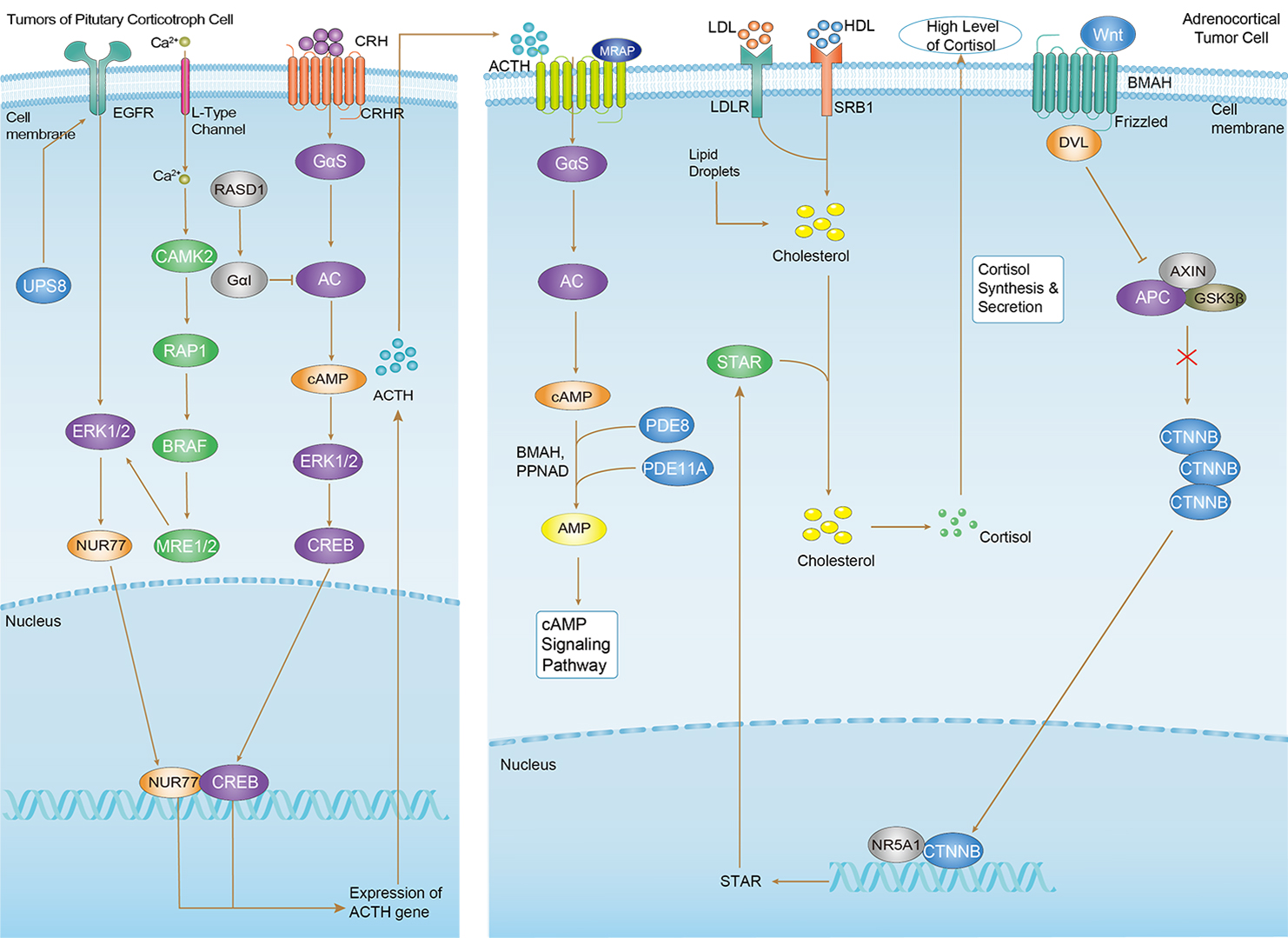 Loading...
Loading...

LDLR
Anti-LDLR Recombinant Antibody Products
-
- Species Reactivity: Human, Mouse
- Type: Rabbit IgG
- Application: WB, IF, IHC, FC
- Mouse Anti-LDLR Recombinant Antibody (clone C7) (VS11-QX101)
-
- Derivation: Mouse
- Species Reactivity: Human, Bovine
- Type: Mouse IgG2b, κ
- Application: FC, IP, WB, Inhib, IF
- Rabbit Anti-LDLR Polyclonal Antibody (MRO-2011-CN) (MRO-2011-CN)
-
- Species Reactivity: Human, Mouse
- Type: Rabbit IgG
- Application: WB, IF, IHC, FC
-
- Species Reactivity: Human
- Type: Rabbit IgG
- Application: ELISA, IHC, IF, FC
-
- Species Reactivity: Human, Mouse
- Type: Rabbit IgG
- Application: WB, ICC, IF, IHC, FC
- Mouse Anti-LDLR Recombinant Antibody (clone 1B10H10) (VS3-XY1003)
-
- Species Reactivity: Human
- Type: Mouse IgG1
- Application: ELISA, WB, IHC, FC
- Mouse Anti-LDLR Recombinant Antibody (clone 7H5B11) (VS3-XY1004)
-
- Species Reactivity: Human
- Type: Mouse IgG1
- Application: ELISA, WB, FC
- Mouse Anti-LDLR Recombinant Antibody (clone 2D9A12) (VS3-XY1005)
-
- Species Reactivity: Human
- Type: Mouse IgG1
- Application: ELISA, WB, FC
-
- Species Reactivity: Human
- Type: Mouse antibody
- Application: WB, FC, IF
-
- Species Reactivity: Human
- Type: Mouse antibody
- Application: ELISA
- Mouse Anti-LDLR Recombinant Antibody (clone 12G4) (HPAB-0095-YC)
-
- Species Reactivity: Human, Mouse, Rat
- Type: Mouse IgG
- Application: ELISA, WB, IHC, FuncS
- Mouse Anti-LDLR Recombinant Antibody (clone 12G4); scFv Fragment (HPAB-0095-YC-S(P))
-
- Species Reactivity: Human, Mouse, Rat
- Type: Mouse scFv
- Application: ELISA, WB, IHC, FuncS
- Mouse Anti-LDLR Recombinant Antibody (clone 12G4); Fab Fragment (HPAB-0095-YC-F(E))
-
- Species Reactivity: Human, Mouse, Rat
- Type: Mouse Fab
- Application: ELISA, WB, IHC, FuncS
Can't find the products you're looking for? Try to filter in the left sidebar.Filter By Tag
Our customer service representatives are available 24 hours a day, from Monday to Sunday. Contact Us
For Research Use Only. Not For Clinical Use.
Disease related genes, Human disease related genes, Metabolic proteins, Plasma proteins
Intracellular, Membrane (different isoforms)
Cell type enhanced (Alveolar cells type 2, Alveolar cells type 1)
Immune cell enriched (basophil)
Low cell line specificity
Interacts (via NPXY motif) with DAB2 (via PID domain); the interaction is impaired by tyrosine phosphorylation of the NPXY motif (By similarity). Interacts (via NPXY motif) with LDLRAP1 (via PID domain) (PubMed:12221107, 22509010). Interacts with ARRB1 (PubMed:12944399). Interacts with SNX17 (PubMed:14739284). Interacts with the full-length immature form of PCSK9 (via C-terminus) (PubMed:17461796, 21149300). (Microbial infection) Interacts with C. difficile toxin TcdA, suggesting that it may contribute to TcdA toxin entry into cells. (Microbial infection) Interacts with vesicular stomatitis virus glycoprotein. (Microbial infection) May interact with HIV-1 Tat.
Host cell receptor for virus entry, Receptor


 Cushing Syndrome
Cushing Syndrome